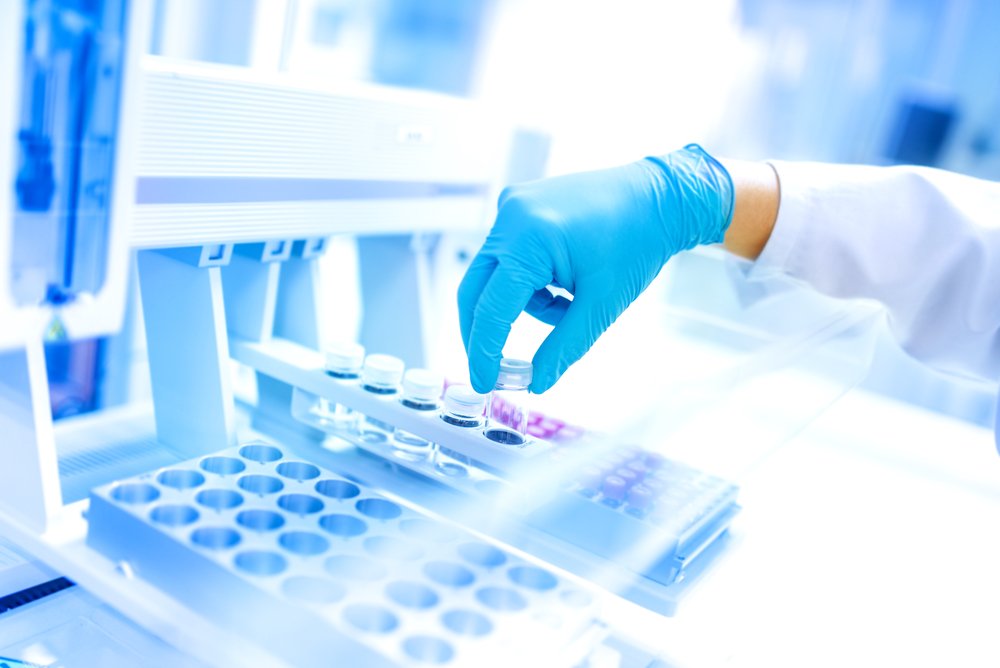Molecular Interactions Study May Advance Insight into Huntington’s Disease Processes
Written by |

Researchers have come up with a new method to study the interactions between cell components that are thought to be defective in patients with Huntington’s disease and other neurodegenerative conditions.
But while the study answered some initial questions of how these cell components, or organelles, collaborate, much work remains, with the team at Brigham and Women’s Hospital in Boston now focused on comparing interactions in neuronal cells derived from patients and healthy people.
The study, “Ascorbate peroxidase proximity labeling coupled with biochemical fractionation identifies promoters of endoplasmic reticulum mitochondrial contacts,” was published in the Journal of Biological Chemistry.
“Think of [an organelle] like a ferry docking at one site, unloading and loading passengers and cars, and then going to another site and doing the same thing,” Jeffrey Golden, a professor at Brigham and Women’s Hospital and Harvard Medical School, and the study’s senior author, said in a press release.
“Their ability to dock, load, and unload cargo requires guides or ramps of specific width and heights that connect the boat and land or they cannot freely load and unload,” he said.
The specific structures the team was interested in were mitochondria — the cellular powerhouses that fuel our cells with energy — and the endoplasmic reticulum (ER), which, among other things, is involved in the production of proteins.
Researchers have studied proteins involved in the connections between mitochondria and ER in yeast, but the mammalian version is thought to be far more complex. To better understand the interactions, the team adapted a new method, developed to study interactions between proteins.
To help, they had an enzyme called APEX (ascorbate peroxidase), which works by attaching biotin to nearby proteins. Researchers engineered cells in which the mitochondria had APEX on their surface.
The lab-grown cells were then provided with biotin in the growth medium. When mitochondria came in close contact with the ER, they “labeled” the cell component with biotin.
This allowed researchers to look at the specific ER proteins that had biotin attached.
The team then isolated parts of the cell that contained the ER, and purified the biotin-labeled proteins using a method known as mass spectrometry. Since biotin was present only on proteins that came in very close contact with mitochondria, it gave the team a clue about which proteins were involved in the trading of molecules and information between the organelles.
“It was previously feasible to only look at one molecule at a time to assess what it interacted with,” Golden said. “The method we have used is more rapid and allows an unbiased look at a whole system and what’s happening at that organelle’s interface.”
But as the team managed to identify what they believe are key proteins, the study’s relevance for neurodegenerative conditions is not clear. For instance, it is not certain that different types of cells use the same types of proteins in these interactions.
“Does the liver use the same proteins to control these kinds of interactions that neural cells do? Is one [protein] more important for calcium exchange and another set of proteins more important for lipid exchange? I think there’s a lot of cell biology that we just don’t know and could be answered [using this method],” Golden said.
The team is now moving forward to study neural cells derived from humans.





